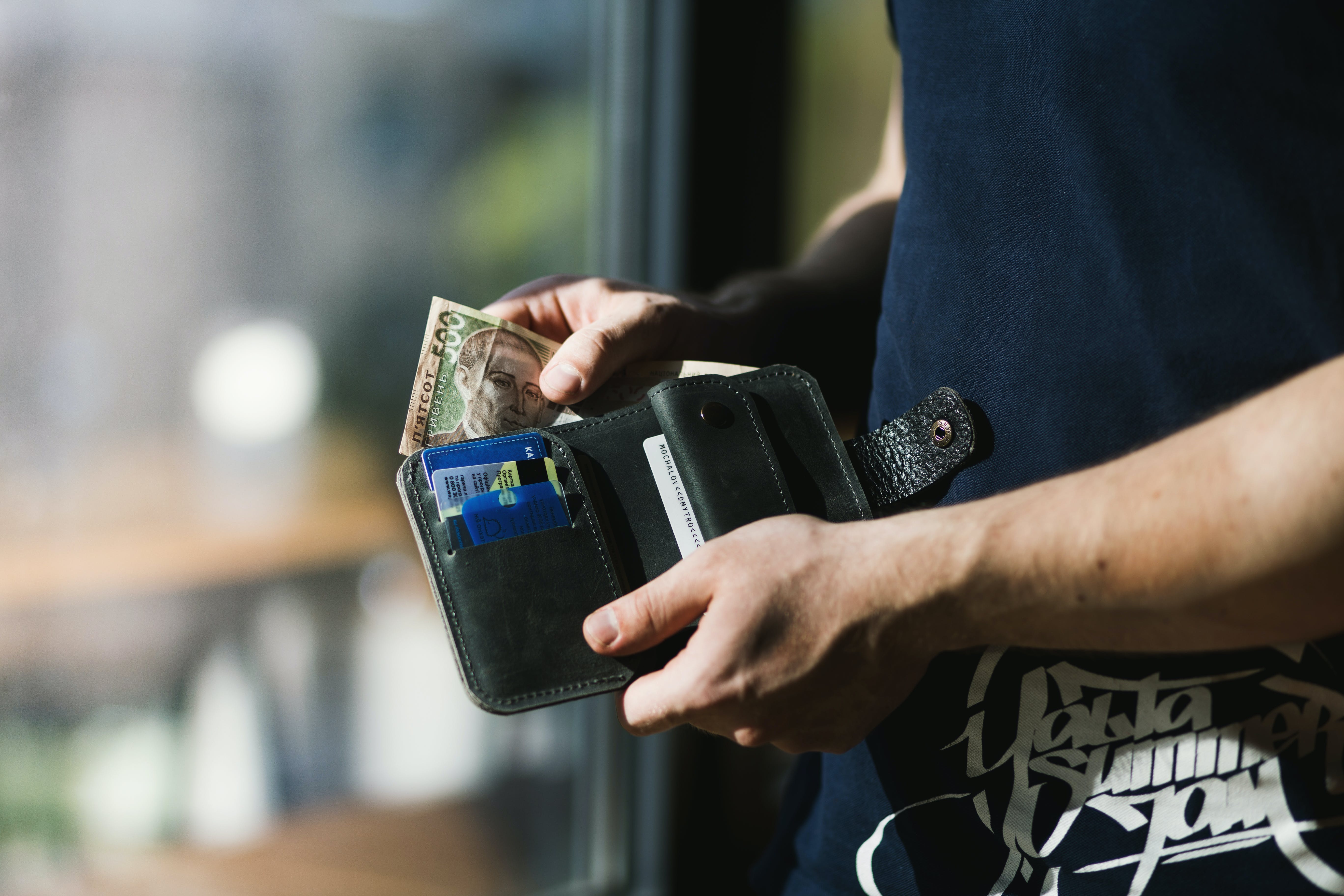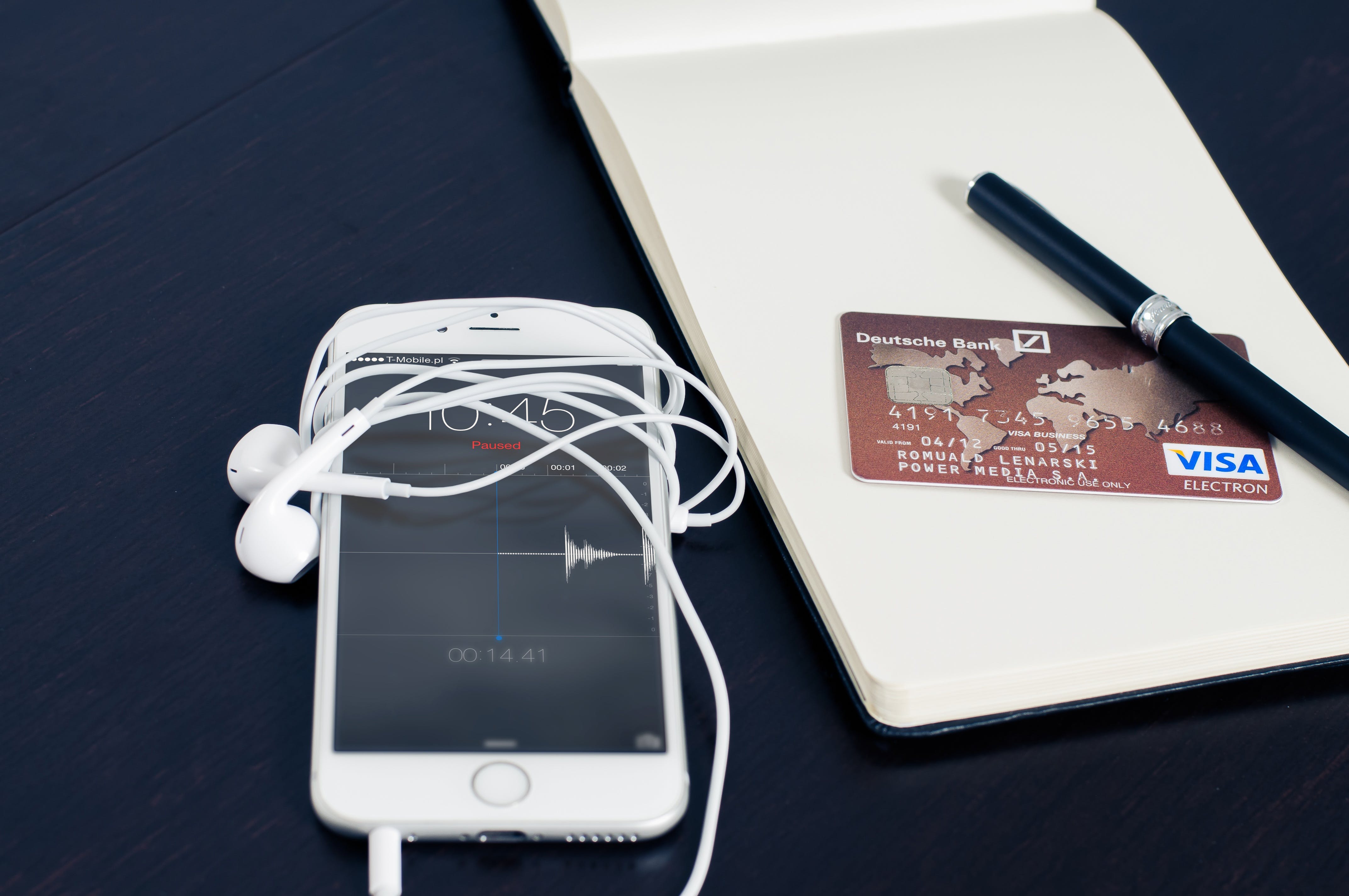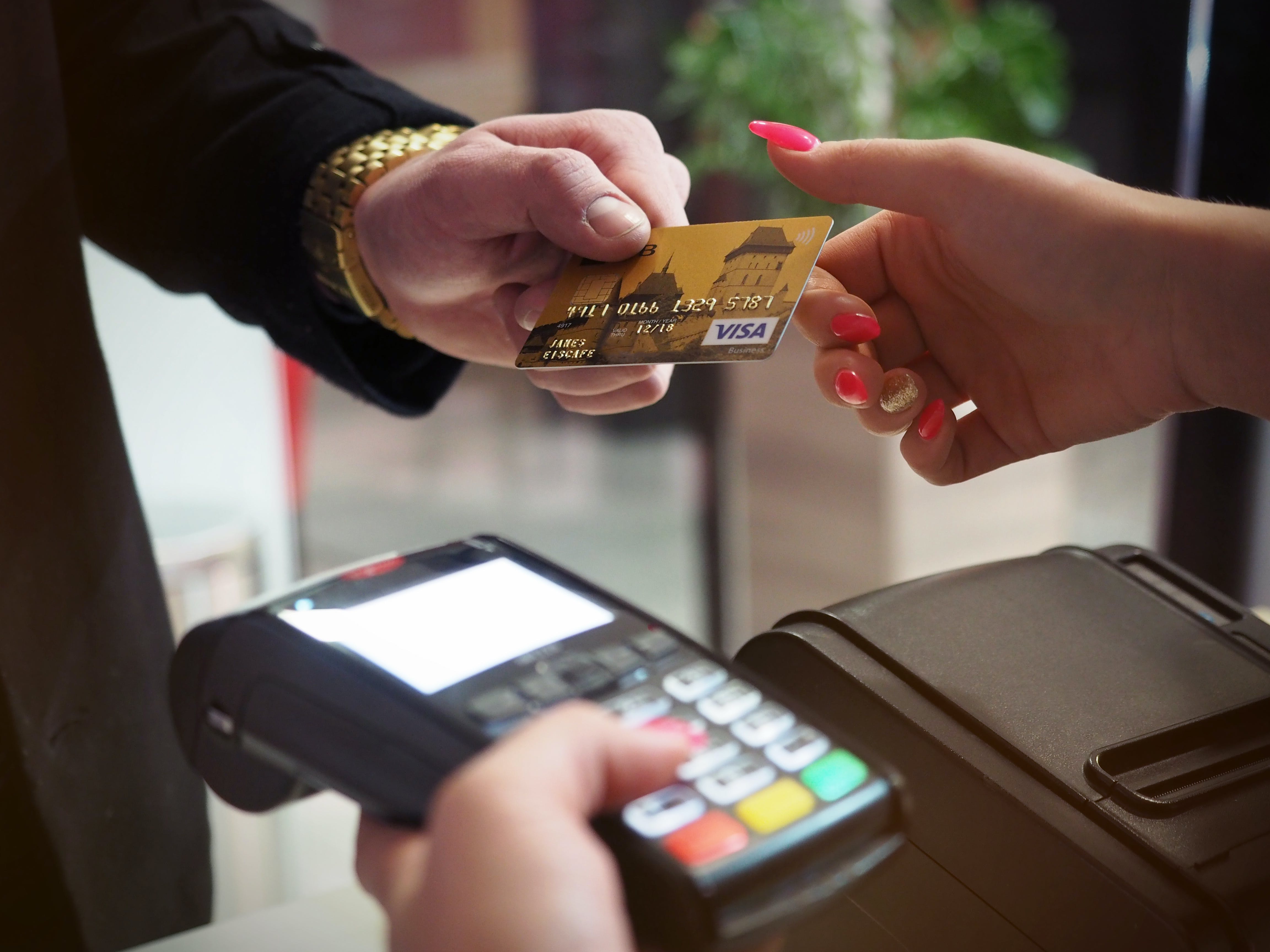Have you ever been late on a credit card payment, just to see your interest rate soar out of control? If yes, then a penalty APR is most probably the culprit.
A penalty APR is one of the lesser-known and most costly consequences of a late credit card payment. It’s a higher annual percentage rate (APR) that your credit card issuer charges after certain instances such as making a late payment, surpassing your credit cap, or returning a payment.
Penalty APRs will make it increasingly challenging to pay off your credit card debt. Find out more about what a penalty APR is and how to avoid it, in this guide.

How Is a Penalty APR Triggered?
The penalty APR doesn’t come in straight away. If you skip a payment, the issuing authority charges you a standard interest rate which is based on the rate of your bank.
If a client is late in settling the balance, the penalty APR normally activates and is likely to default on the card. In general, the user must be at least 60 days late for payment before the high-interest rate can be charged by the card issuer.
A penalty APR can also be imposed by the credit card issuer on cardholders for breaching any other terms. For example, say you try to pay the issuer of your card via check and the account has an insufficient balance, resulting in non-payment due to a dishonoured check.
Even if you have a couple of days left to pay the amount, the card issuer may activate the penalty APR from the date the check bounced. By maxing out the credit card and continuing to make transactions to go over the card limit, you may also trigger the penalty APR.
When Does a Penalty APR Apply?
Legally, on your current balance, your card issuer can only charge you a penalty APR for up to six months, supposing you do not repeat the error that landed you the penalty APR in the first place.
When the six months are up, the penalty must go back to the normal rate of the card on the existing balance.
But for all subsequent transactions, the card issuer will continue to charge you the penalty APR, which may make the card very expensive if you hold a balance.
If you have several cards from the same issuer, all of your cards will potentially be subject to a penalty APR, even if you just paid late on one. However, with a different credit card company, a late payment on one credit card won’t impact the rates.

How to Avoid a Penalty APR
While some cards permit you to redeem yourself after six months of on-time payments from paying a penalty APR on future transactions, it is much more advantageous to never pay a penalty APR in the first place. These tips might help you do that.
Read Your Credit Card Agreement and Statements
Make sure you’re an educated client and read the agreement on your card. In your disclosures, there is a special clause that specifies precisely what your penalty APR will be and when it will apply.
Also, reading every single statement you get and paying them promptly after you read them is one way to avoid making a late payment.
Even nicer, create a list of credit card statements that you should receive monthly and when it comes, cross off each statement.
Negotiate with Your Lender
Before you miss the payment, consider giving your credit card company a call to see what it can do to help you.
It will sometimes permit you to miss a payment, minimize your penalties, or assist you with setting up a payment schedule.
Asking does not always work, of course. When you usually make the payments on time, it appears to have the best chance of happening.
Credit card companies can be less accommodating with alternative options if you skip payments left and right.
Keep Your Credit Card Balances Low
Higher minimum payments result from charging more on your credit card. Often, until you can no longer afford to make them, those minimum payments pile up, leading to late payments.
Do you best to keep your credit card balances low. One way to keep your balance in check is to only charge expenses that you can afford to cover in full.

Conclusion
A penalty APR is a higher APR that you are charged by some credit card issuers when you’re behind on your payments, you max out your card, or you pay your bill with a bad check.
You may end up having to pay more interest on future purchases when this occurs. You may apply the tips and insights above to prevent it from happening.
